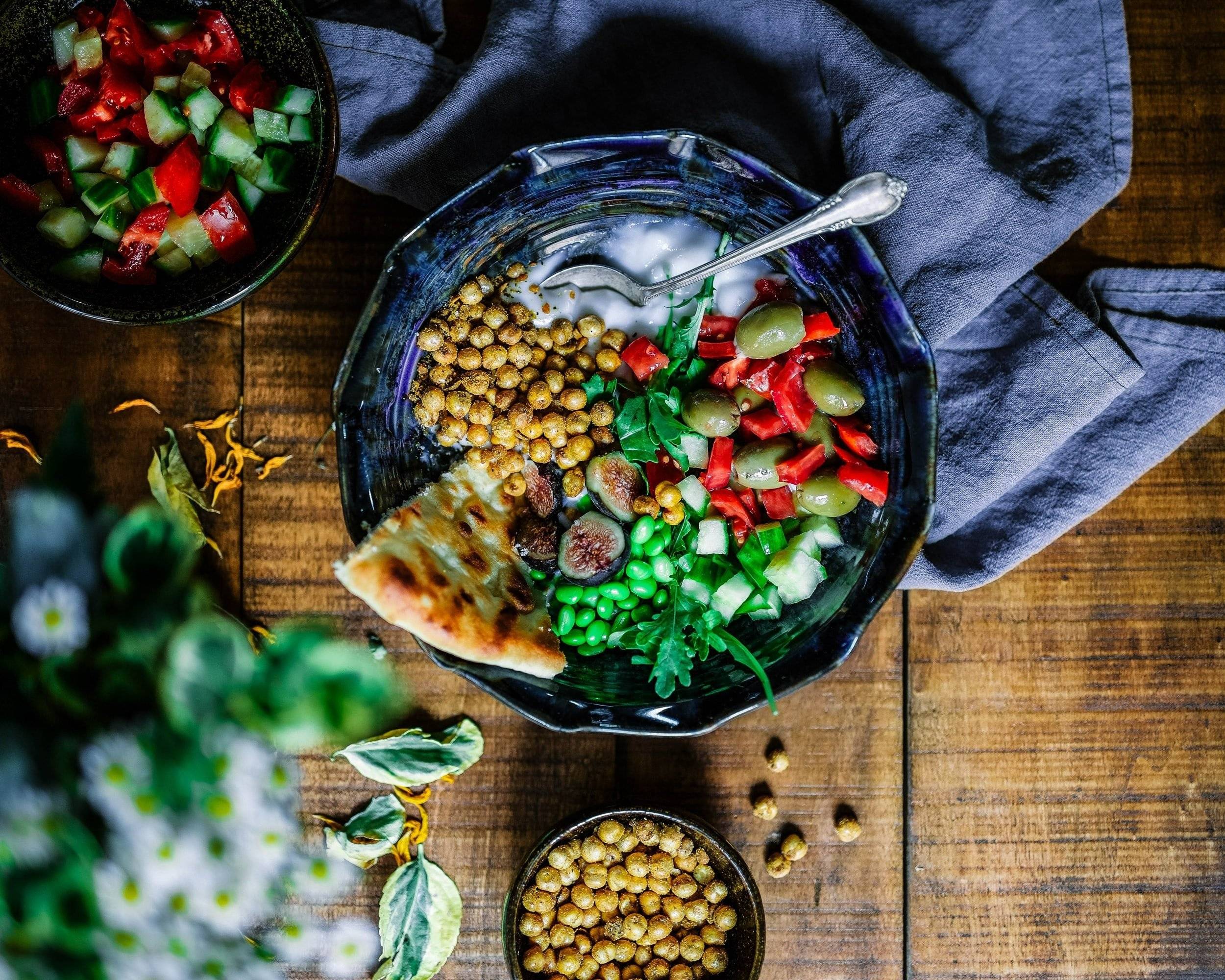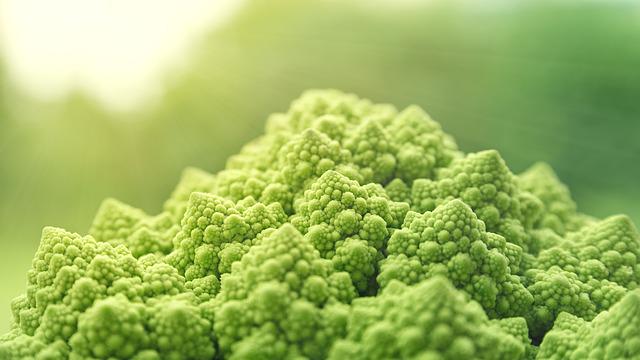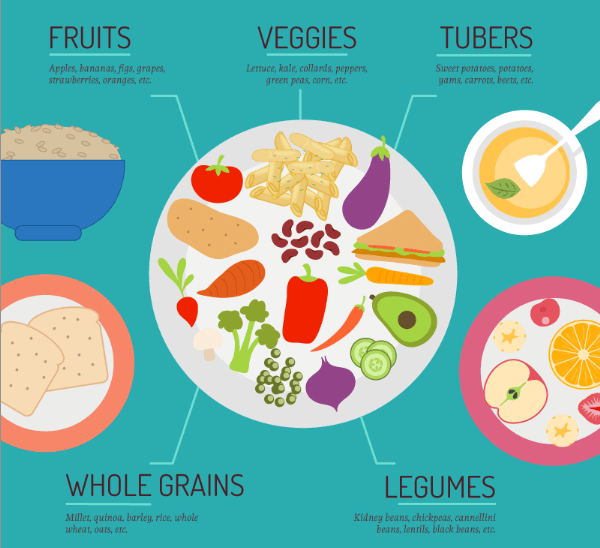
What is gluten free? You may be wondering what gluten-free means if you are a vegetarian or vegan. This article will explore the health and benefits of Whole Grains. It is important to note that these foods can also contain gluten-containing ingredients, such as wheat. In addition, we'll look at a few foods that are naturally gluten-free. Refrigerated meat replacements are a good choice, but they could contain wheat-derived substances.
Whole grains are a great source of carbohydrate
Whole grains are great sources of carbohydrates and can be added to salads. They can also be used in baking or as the base for salads. Whole grains are a good source of iron and zinc, two important minerals for vegans. Cooking, sprouting, or fermenting whole grains can improve absorption of iron and zinc. Whole grains are available in both high-quality and low-cost varieties. If you're vegan, some are more expensive.

Legumes make a good source protein
Legumes are a great option for gluten-free vegetarians. You can add them to soups or salads in many different varieties. They can also be blended in smoothies and used as a substitute to meat. Edamame is whole soybeans that you can add to your beans. You can also eat roasted chickpeas or soy nuts as snacks.
Cross-contamination is a problem
Many people are afraid of the possibility of cross-contamination when eating gluten free vegetarian food. Cross-contamination can cause serious health problems for those with certain conditions. It's crucial to make sure that your kitchen cleans all cooking utensils and benches. Many people find eating out easier in recent years. Just remember to do your research before you go out and make sure that the restaurant you're planning to dine at is gluten free.
Foods that are naturally gluten-free
If you're following a glutenfree diet, it is important to include fresh, whole fruits & vegetables. They are also rich in vitamins, minerals, antioxidants, and other nutrients. While the list isn't comprehensive, there are some options that are naturally gluten-free. Water is also naturally gluten-free. You should always check the label of any prepared beverages for gluten.
Avoiding gluten-containing treats
Although there are many gluten-free baked goods available, many alcoholic drinks such as beer contain gluten. Although beer is made from barley or rye there are some gummy candies that contain gluten. Ice cream is naturally gluten-free, but it can sometimes be difficult to eat due to the addition of ingredients. Grain-based desserts, such as crustless cheesecakes, can also contain gluten. You can also substitute meats with tofu.

Including gluten-free foods in a vegan diet
You have many choices when it comes time to include gluten-free food in your vegan diet. Many vegetables, pulses, and fruits are naturally gluten-free, but there are also some that are not. Oats and rice are also safe but you should verify if they have been certified gluten-free. There are a few exceptions, though: seitan and meat substitutes are not gluten-free.
FAQ
What is the working principle of an antibiotic?
Antibiotics are drugs which destroy harmful bacteria. The treatment of bacterial infections is done with antibiotics. There are many types and brands of antibiotics. Some can be taken orally, others are injected and some are applied topically.
Many people who have been exposed can be prescribed antibiotics. To prevent shingles, an oral antibiotic may be prescribed to someone who has had chicken pox. Penicillin might also be administered to someone with strep throat. This will help prevent the possibility of developing pneumonia.
Children should not be given antibiotics without the consent of a doctor. Children are at greater risk than adults for developing serious side effects from taking antibiotics.
The most common side effect of antibiotics is diarrhea. Other possible side effects include stomach cramps, nausea, vomiting, allergic reactions, headaches, dizziness, and rashes. Most of these symptoms disappear after the treatment is completed.
What's the difference between a calorie and kilocalorie?
Calories are units that measure the energy content of food. Calories are the unit of measurement. One calorie is equal to one degree Celsius in energy.
Kilocalories are another way to describe calories. Kilocalories are measured as a thousandth of a calorie. 1000 calories are equal to one kilocalorie.
What should my diet consist of?
Eat lots of fruits and vegetables. They are high in vitamins and minerals, which can help strengthen your immune system. Also, fruits and veggies are rich in fiber. This makes them filling as well as helping with digestion. At least five servings of fruits and vegetables should be consumed each day.
Make sure you drink plenty of water too. Water flushes toxins from your body and helps you feel full between meals. Drink about eight glasses each day.
Consume whole grains and not refined. Whole grains contain all of their nutrients, including B vitamins and iron. Some nutrients have been removed from refined grains.
Avoid sugary drinks. Sugary drinks are high in empty calories and can lead to obesity. Instead, you can opt for water or milk, as well as unsweetened herbal teas.
Avoid fast food. Fast food has very little nutritional value. While it might taste good, it won't give your body the energy it needs to function properly. Stick to healthier options such as salads, soups, sandwiches, and pasta dishes.
Limit your alcohol consumption. Avoid alcohol as it can cause empty calories and poor nutrition. Limit yourself to no more than two alcoholic beverages a week.
Reduce red meat intake. Red meats have high levels of cholesterol and saturated fat. Opt for lean cuts of beef, pork, lamb, chicken, fish, and turkey instead.
How often should I exercise
Exercise is essential for maintaining a healthy lifestyle. There is no set time limit for exercising. The key is finding something you enjoy and stick with it.
If you work out three times a week, then aim to complete 20-30 minutes of moderate intensity physical activity. Moderate intensity will mean that you'll continue to be exerting yourself afterward. This type of workout burns around 300 calories.
Walk for 10 minutes four days a semaine if you prefer walking. Walking is low in impact and easy for your joints.
Jogging for 15 minutes three days a week is a good option if you prefer to run. Running is a great way of burning calories and building muscle tone.
Start slow if it's your first time exercising. Start with just 5 minutes of cardio a few times a week. Gradually increase duration until you achieve your goal.
Statistics
- According to the Physical Activity Guidelines for Americans, we should strive for at least 150 minutes of moderate intensity activity each week (54Trusted Source Smoking, harmful use of drugs, and alcohol abuse can all seriously negatively affect your health. (healthline.com)
- In both adults and children, the intake of free sugars should be reduced to less than 10% of total energy intake. (who.int)
- Extra virgin olive oil may benefit heart health, as people who consume it have a lower risk for dying from heart attacks and strokes according to some evidence (57Trusted Source (healthline.com)
- nutrients.[17]X Research sourceWhole grains to try include: 100% whole wheat pasta and bread, brown rice, whole grain oats, farro, millet, quinoa, and barley. (wikihow.com)
External Links
How To
How to stay motivated to stick to healthy eating and exercise
Here are some motivational tips to stay healthy
Motivational Tips To Stay Healthy
-
List your goals
-
Set realistic goals
-
Be consistent
-
Reward yourself when your goal is achieved
-
You don't have to give up if your attempts fail.
-
Have fun